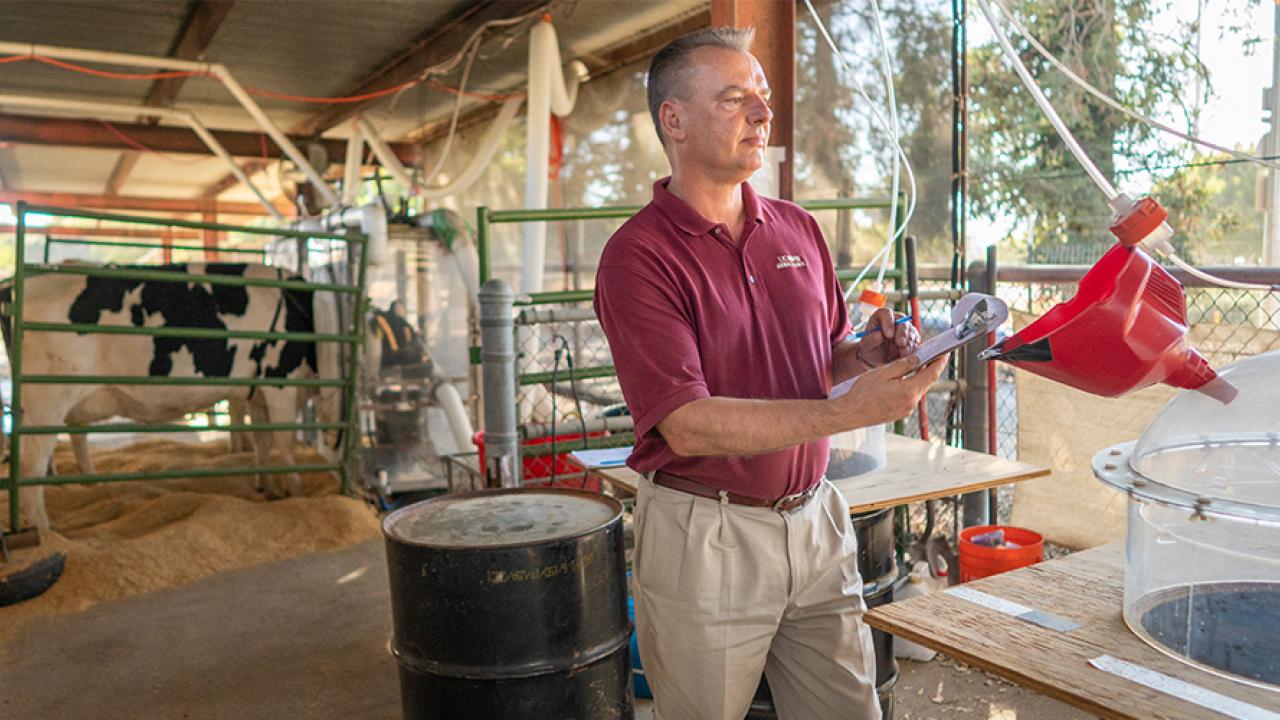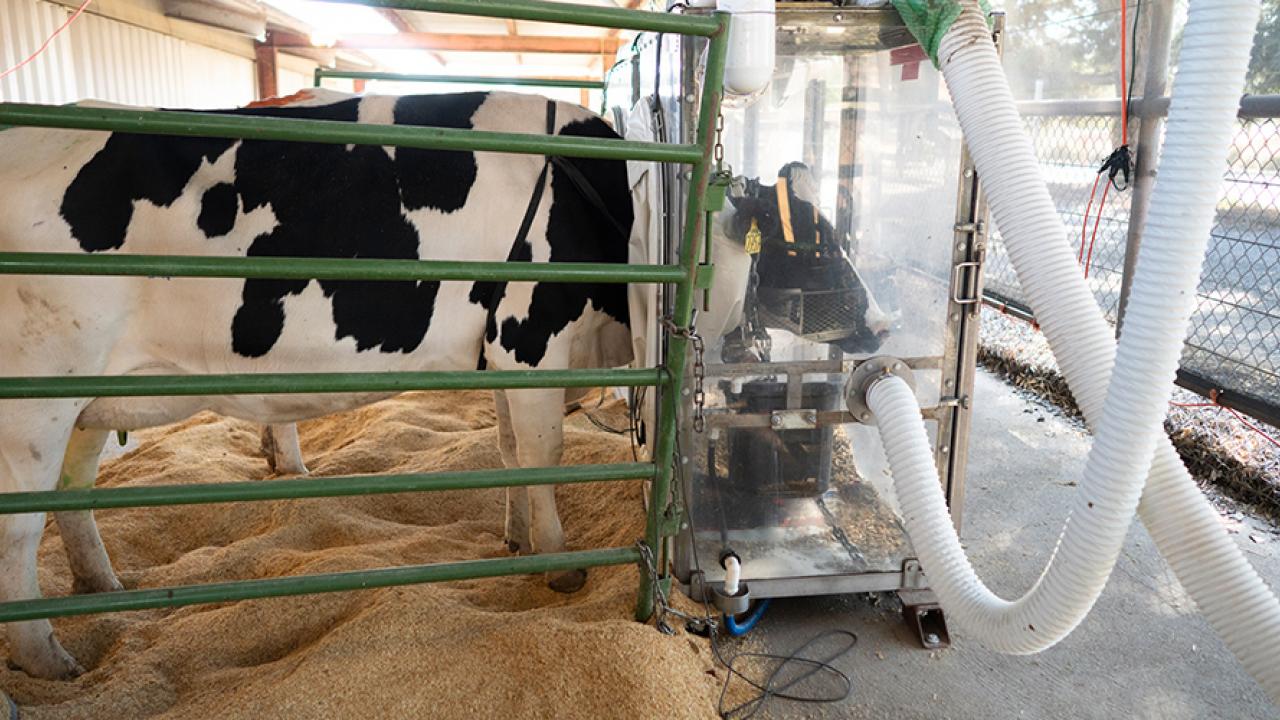ENVIRONMENTALISM
WHAT IS WRONG WITH CATTLE RAISING ?
HOW ARE COWS AFFECTING THE ENVIRONMENT ?
WHAT CAN BE DONE TO REDUCE THEIR PULLUTING EFFECT ?
They release methane .
READ
Cows and climate change | UC Davis
Making cattle more sustainable
Inside the University of California, Davis, a Holstein cow has its head and neck sealed airtight inside a large, clear-plastic chamber that resembles an incubator for newborns. While giant tubes above the chamber pump air in and push air out, the cow calmly stands and eats her feed. Equipment inside a nearby trailer spits out data.
This is how Frank Mitloehner measures gases that come from cows’ stomachs and ultimately contribute to global warming. Quantifying these emissions is key to mitigating them, and Mitloehner is one of several UC Davis researchers investigating economical ways to make livestock production more environmentally sustainable around the globe.


READ MORE: Unfold, the official UC Davis podcast, examines the bad rap cattle receive as an unfriendly producer of climate-changing greenhouse gas.
Cattle are the No. 1 agricultural source of greenhouse gases worldwide. Each year, a single cow will belch about 220 pounds of methane. Methane from cattle is shorter lived than carbon dioxide but 28 times more potent in warming the atmosphere, said Mitloehner, a professor and air quality specialist in the Department of Animal Science.
With the escalating effects of climate change, that fact has advocates urging the public to eat less beef. They contend it’s an unsustainable diet in a world with a population expected to reach nearly 10 billion by 2050.
Mitloehner has openly challenged this view, writing in a recent commentary for The Conversationthat “forgoing meat is not the environmental panacea many would have us believe.”
Cows and other ruminants account for just 4 percent of all greenhouse gases produced in the United States, he said, and beef cattle just 2 percent of direct emissions.
Better breeding, genetics and nutrition have increased the efficiency of livestock production in the U.S. In the 1970s, 140 million head of cattle were needed to meet demand. Now, just 90 million head are required. At the same time, those 90 million cattle are producing more meat.
“We’re now feeding more people with fewer cattle,” Mitloehner said.
The global problem
Shrinking livestock’s carbon hoofprint worldwide is a big challenge. Livestock are responsible for 14.5 percent of global greenhouse gases.
India, for example, has the world’s largest cattle population, but the lowest beef consumption of any country. As a result, cows live longer and emit more methane over their lifetime. In addition, cows in tropical regions produce less milk and meat, so it takes them longer to get to market.